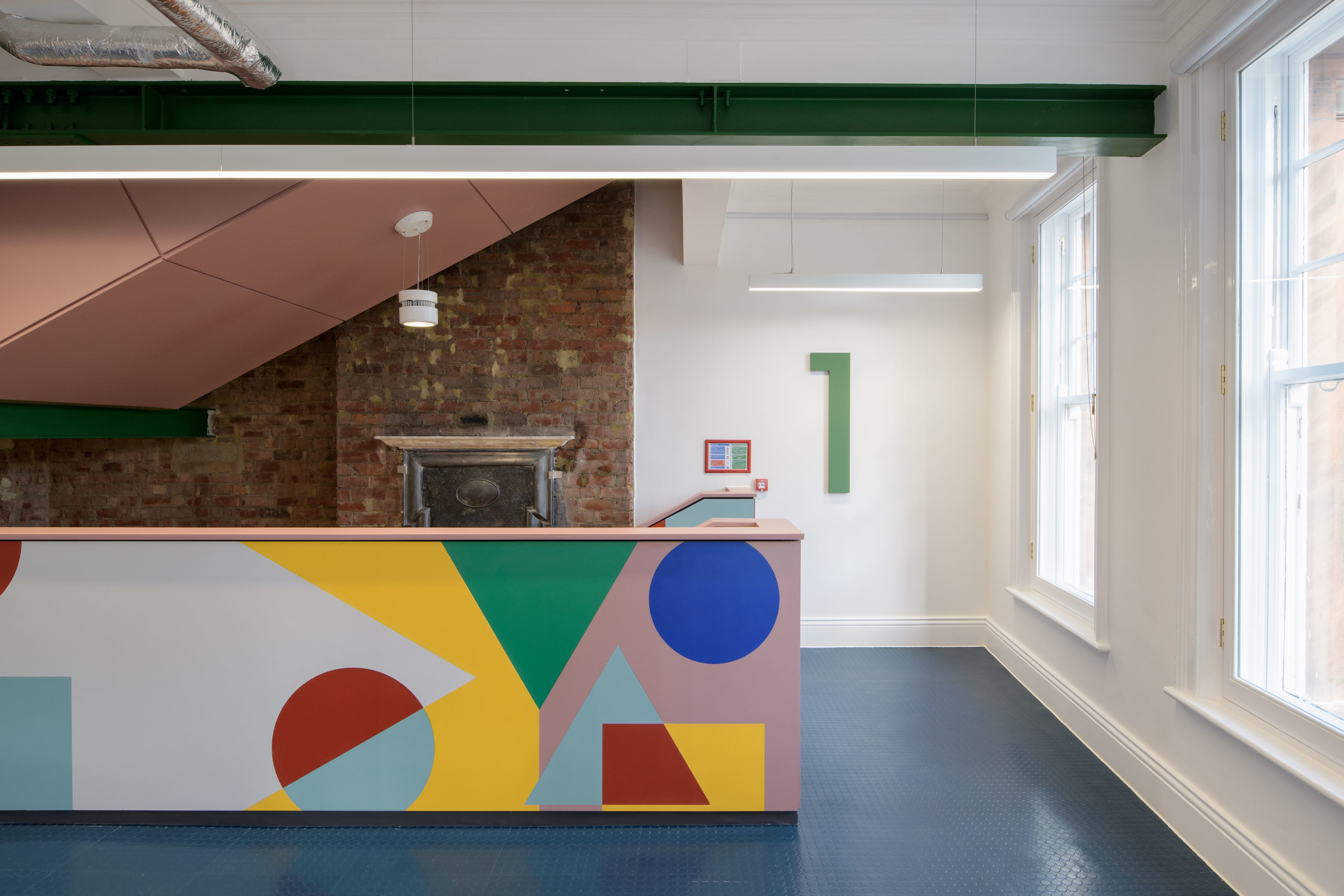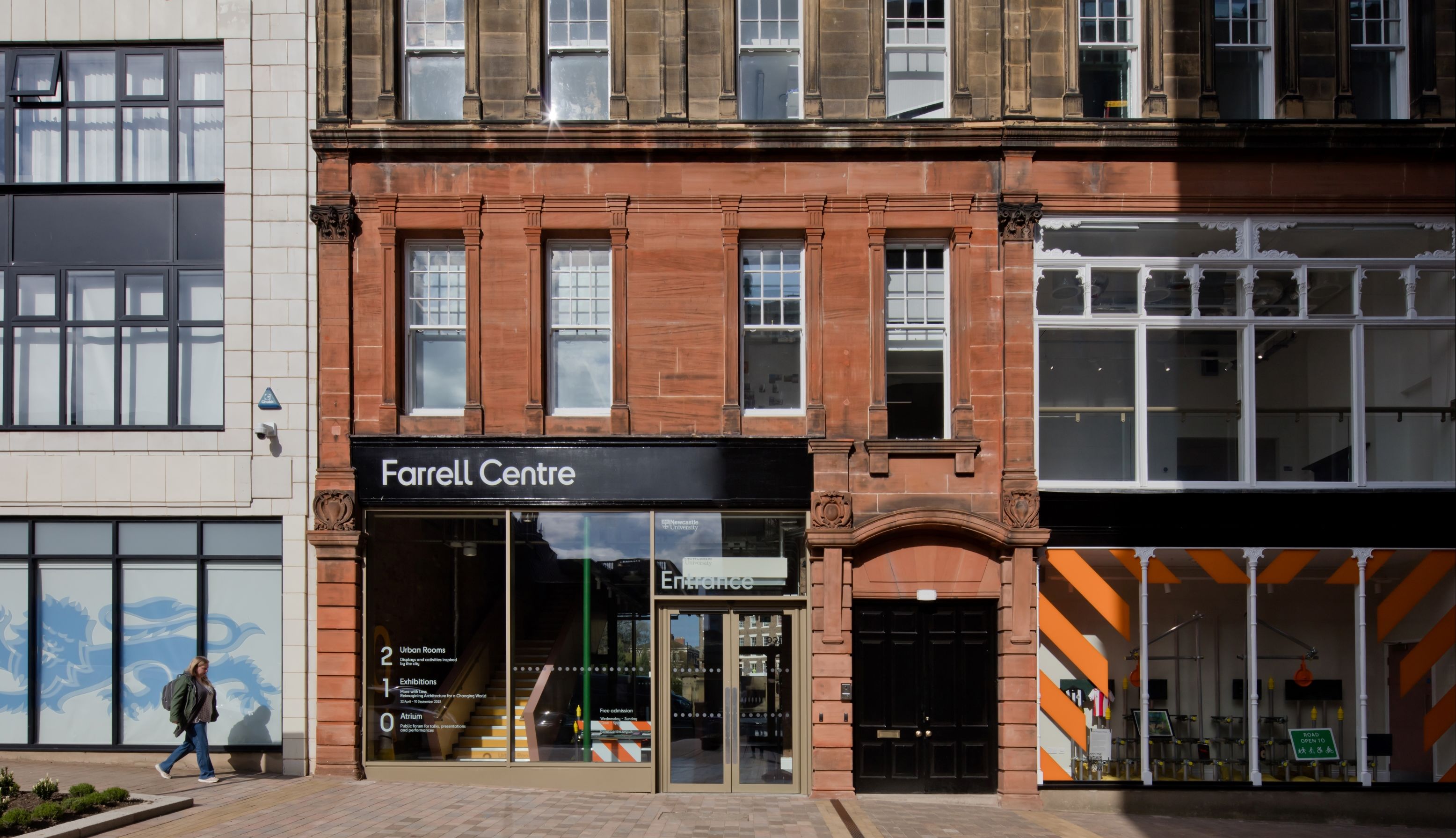
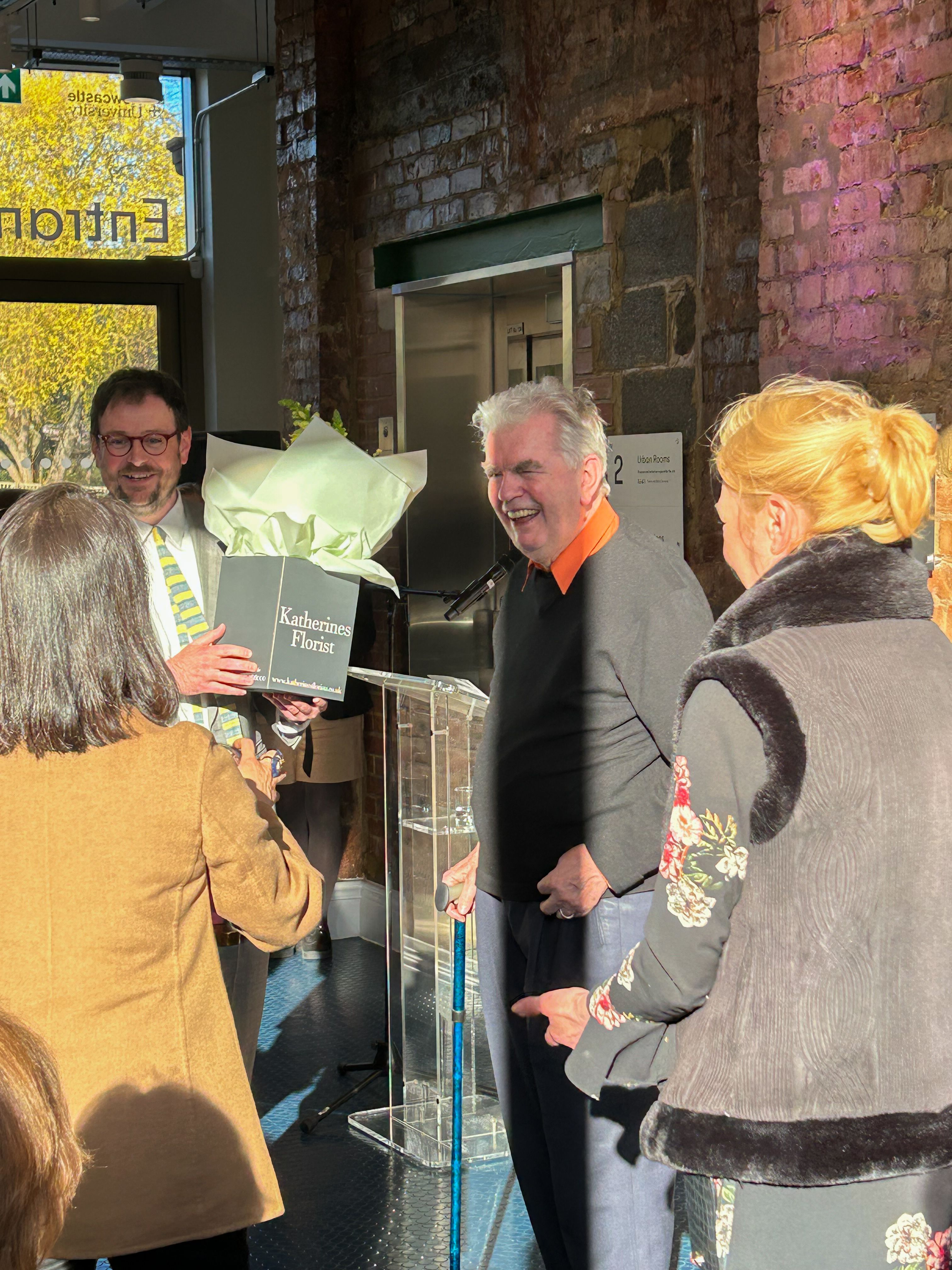
That belief can still be read across Newcastle. In the early 1990s, Sir Terry created the masterplan that guided the regeneration of the Quayside, transforming it into one of the city’s most recognisable destinations. He went on to deliver several significant local projects, including the Centre for Life, the Newcastle University campus masterplan and the extension to the Great North Museum. Together, these works reflect his ability to connect architecture with civic identity and create places that bring people together.
Across more than five decades in practice, Sir Terry was responsible for some of the most recognisable buildings and masterplans in the UK and internationally. His work includes Embankment Place and the Home Office Headquarters in London, The Deep in Hull, the MI6 Building on the Thames and The Peak Tower in Hong Kong, as well as major regeneration projects such as Greenwich Peninsula and Paddington Basin.
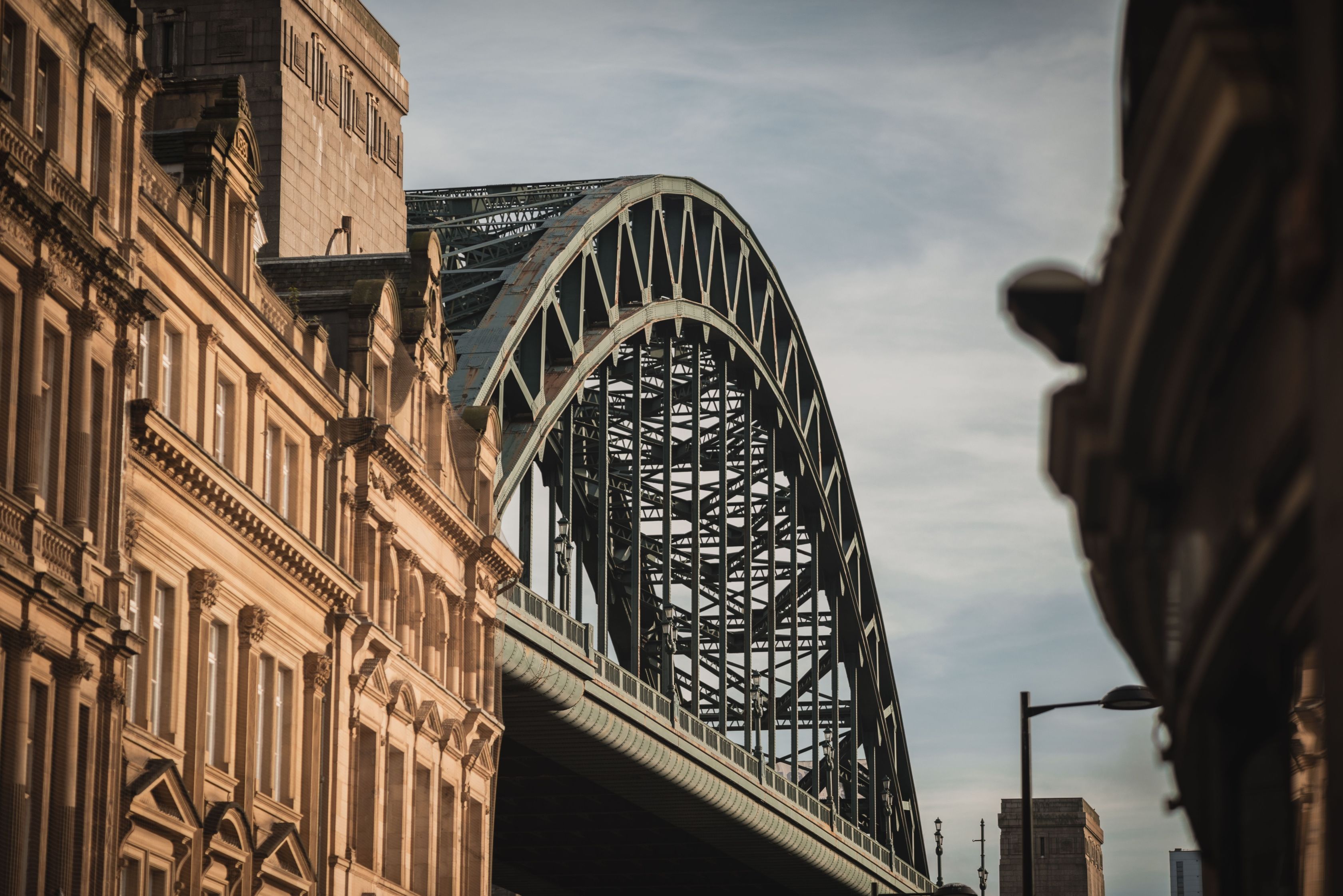

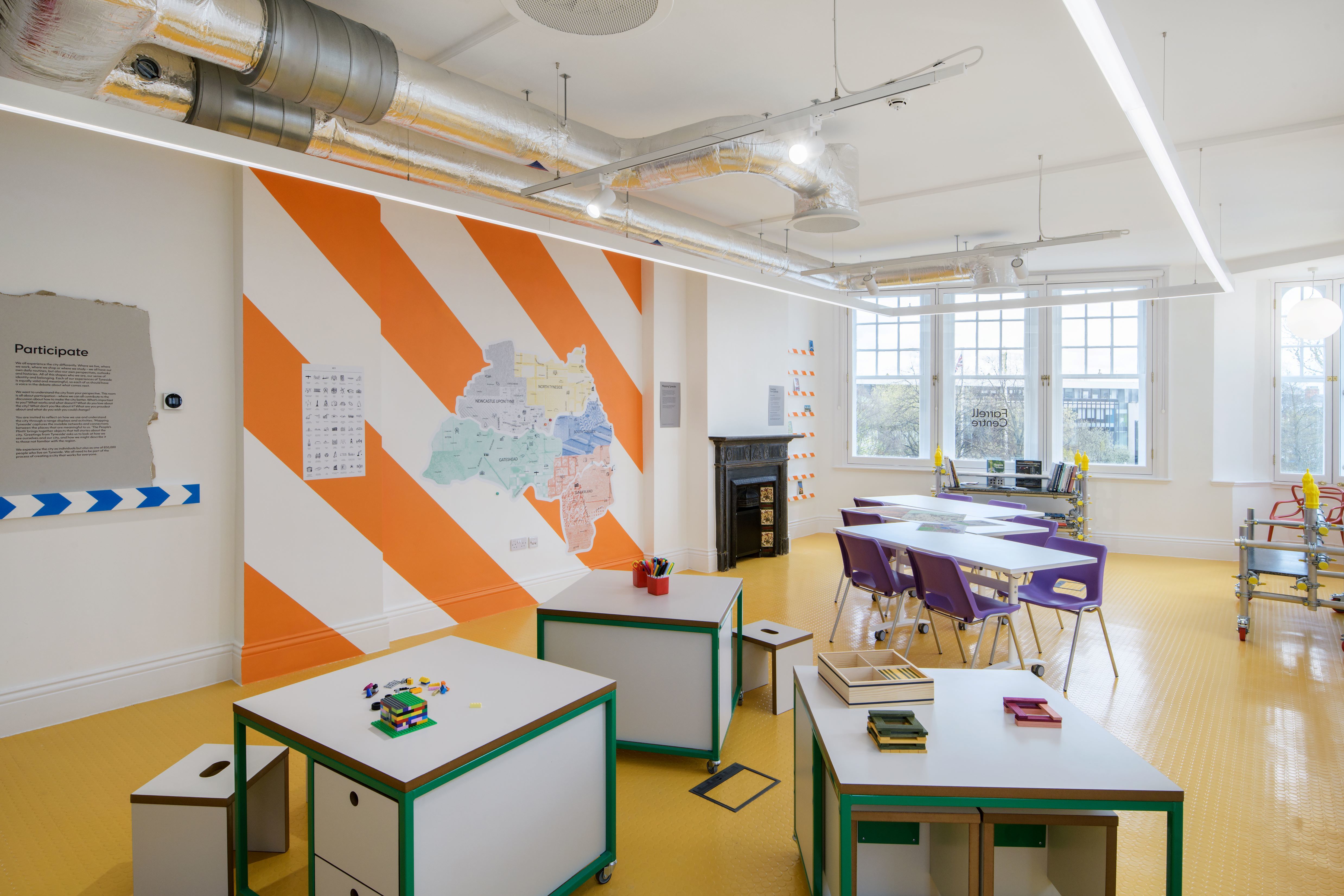
In 2018, Sir Terry donated his practice archive to Newcastle University, alongside a £1 million contribution that helped establish the Farrell Centre. Conceived as a public space for research, exhibition and debate, the Centre embodies his long-held idea of urban rooms, places where communities can explore the past, present and future of their cities together.
In 2023, SPACE, alongside Elliott Architects, delivered the Farrell Centre, creating a welcoming meeting point that encourages open conversation about architecture and urban design. The building stands as a physical expression of Sir Terry’s commitment to collaboration, learning and public engagement in the built environment. Sir Terry’s influence extended beyond the buildings he designed. Through his writing, teaching and advocacy, he championed public participation in shaping the places we live. His 2014 Farrell Review called for every town and city to have an urban room, a recommendation that has since inspired similar initiatives across the UK, from Blackburn and Cheltenham to Folkestone and Dover.


His son, Max Farrell, described him as “a Geordie at heart,” and it is perhaps in Newcastle that his legacy feels most deeply rooted. From the Quayside to the Farrell Centre, his work continues to enrich the city that first nurtured his passion for design and community.
Sir Terry Farrell will be remembered for his significant and lasting influence on architecture and urban design. His legacy endures in the city he helped shape, in the Farrell Centre that carries forward his vision, and in the continued impact of his ideas on architects and communities worldwide.
